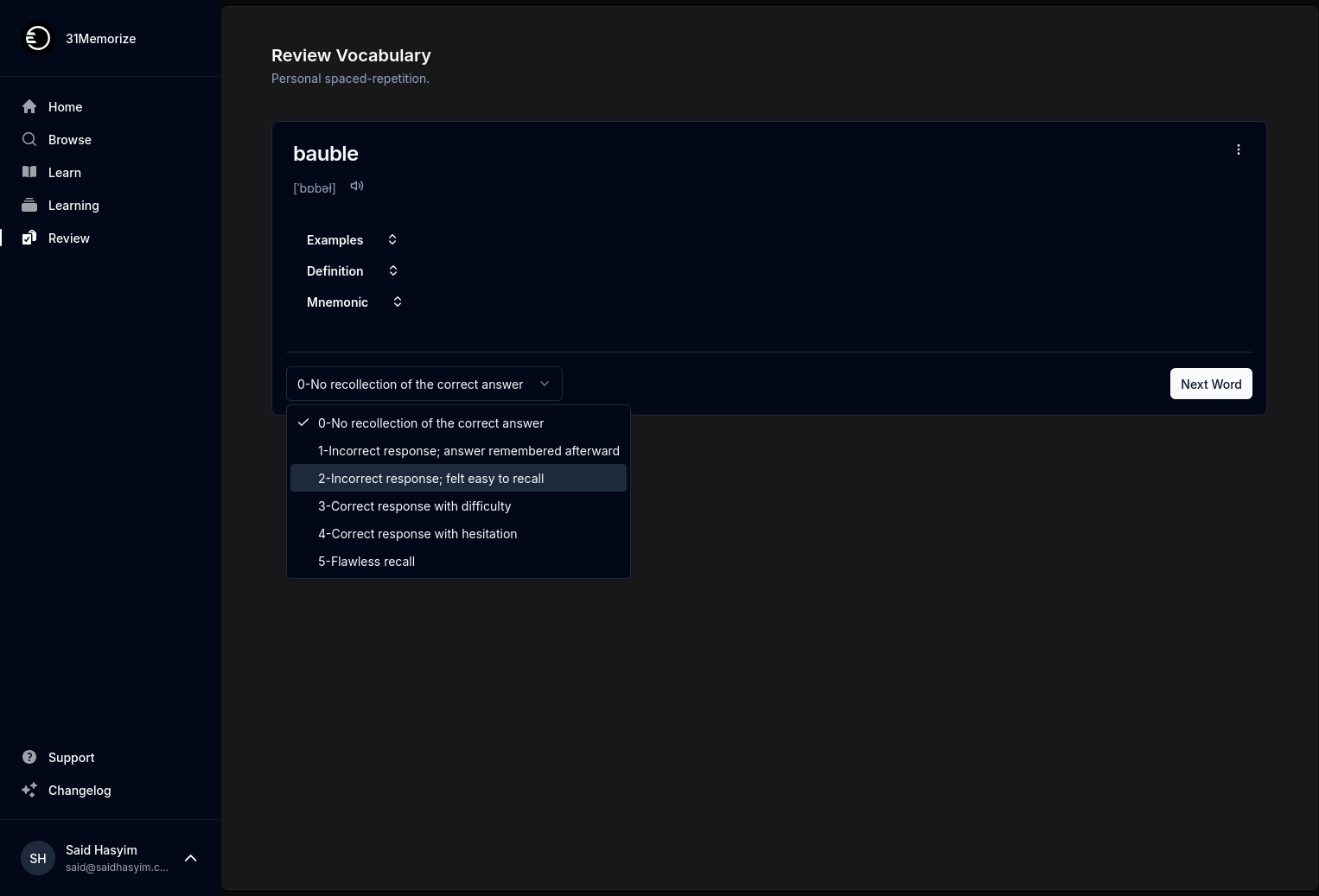Essential Metrics for Book Ratings
In the world of literature, the way we evaluate and rate books is crucial for both authors and readers. With countless novels, memoirs, and non-fiction works floating around, a reliable rating system helps readers decide what to invest their time in and assists authors in understanding how their work resonates with audiences. In this blog post, we'll explore the essential metrics for book ratings and why they're important for both readers and writers.
Why Metrics Matter
Before diving into the specifics of ratings metrics, it is essential to acknowledge why these metrics matter at all. Ratings provide a common language through which readers can discuss books. They offer a snapshot of a book's perceived quality and popularity, which can influence purchasing decisions. For authors, metrics can provide invaluable feedback on their work, guiding future projects or marketing strategies.
Core Metrics
1. Star Ratings
Star ratings typically range from one to five, with five stars signifying an excellent book and one star indicating a poor experience. This system is simple and widely recognized, making it an effective starting point for ratings. However, star ratings can be subjective; what one reader views as a five-star book may be a three-star read for another.
Advantages:
- Easy to understand at a glance.
- Quickly conveys the general opinion of a book.
Limitations:
- Lacks nuance; doesn’t capture the complexities of individual opinions.
- Can be influenced by factors unrelated to the book itself (e.g., author popularity).
2. Numerical Scores
Unlike star ratings, numerical scores usually range from 1 to 10 or use a 100-point scale. This approach offers a broader range for readers to express their feelings about a book. Since it allows for decimal points, readers can give more precise ratings, such as 7.5 out of 10.
Advantages:
- Greater nuance than star ratings.
- Allows for differentiation within the same star rating categories.
Limitations:
- More complex than star ratings, which can confuse some readers.
- Requires consistent and well-defined criteria for scoring.
3. Review Count
The number of reviews a book gathers can serve as a significant metric. A higher review count often denotes greater interest and may signal a wider reach. However, it's essential to consider the quality of those reviews as well.
Advantages:
- Provides a context for understanding a book's popularity.
- Can indicate trends among readers.
Limitations:
- A high number of reviews doesn’t always correlate with quality.
- New books might not have many reviews initially, skewing perceptions.
4. Average Rating
Calculating the average rating from all individual ratings provides a more balanced view of how a book is perceived overall. This metric is particularly useful when books have a large number of ratings.
Advantages:
- Offers an overall consensus from the reader community.
- Smooths out extreme ratings, providing a clearer picture of general opinion.
Limitations:
- High ratings from a small group can skew averages.
- Averages can mask valuable insights from critical reviews.
5. Demographic Insights
Understanding the demographics of those who rated a book can be incredibly useful. Information such as age, gender, and reading preferences can offer context to the ratings. For example, a romance novel might receive higher ratings from younger audiences, while older audiences might rate it differently.
Advantages:
- Offers insights into readership and target demographics.
- Helps authors tailor future works to specific audiences.
Limitations:
- Demographic data might not always be available.
- Can lead to generalizations that may not accurately represent all readers.
6. Trends Over Time
Monitoring how a book’s ratings change over time can be a significant metric. A sudden spike or drop in ratings might indicate various factors like marketing campaigns, adaptations, or controversies surrounding the book or author.
Advantages:
- Provides insights into the long-term performance of a book.
- Can signal upcoming trends or shifts in reader interest.
Limitations:
- Requires a longer monitoring period to generate meaningful insights.
- Many external factors can influence ratings, making it hard to attribute changes to specific causes.
7. Sentiment Analysis
In the age of digital communication, the qualitative aspect of book ratings has gained prominence. Sentiment analysis tools can analyze the text of reviews to determine the overall sentiment—positive, negative, or neutral—towards a book.
Advantages:
- Adds a layer of complexity and depth to numerical ratings.
- Helps identify recurring themes and common criticisms.
Limitations:
- Requires advanced tools and technical knowledge.
- May struggle to interpret sarcasm or nuanced opinions.
8. Engagement Metrics
Metrics such as bookmarks, shares, and comments can provide insights into reader engagement. Readers who interact more with a book (through social media or digital platforms) are likely to care deeply about the content.
Advantages:
- Can showcase the book's impact beyond traditional rating systems.
- Indicates a reader's desire to recommend a book to others.
Limitations:
- Difficult to gauge engagement metrics for physical books.
- Engagement doesn't always correlate with positive ratings.
Conclusion
The world of book ratings is rich and varied, reflecting the diverse opinions of readers. Understanding the essential metrics for book ratings can empower both readers and authors, enhancing the dialogue around literature. While no single metric is definitive, using a combination of various metrics can provide a more nuanced view of how a book is perceived.
As readers, exploring these metrics can enhance our reading experiences, making us more informed and engaged consumers of literature. For authors, these insights can inform future works and marketing strategies, ultimately contributing to their success in a competitive industry. Embrace the metrics, and let them lead you to your next great read or inspiring story to tell!
